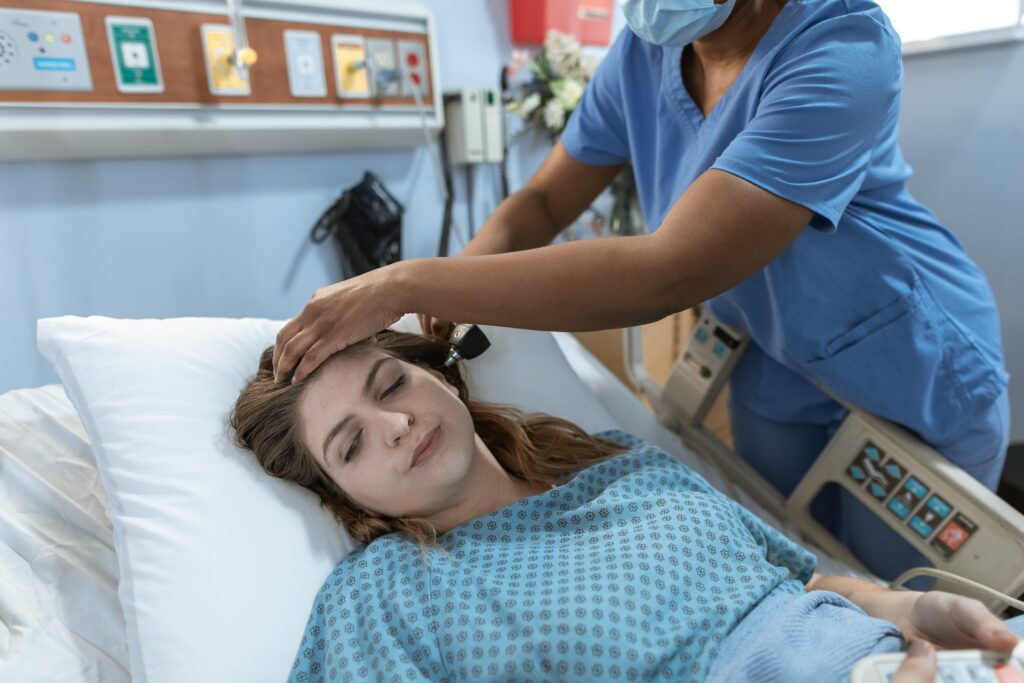What is Seasonal Affective Disorder?
Commonly referred to as SAD, is a mood disorder that is directly influenced by changes in seasons. It typically occurs during the fall and winter months when the days become shorter and darker.
SAD affects a significant portion of the population, with studies estimating that around 10-20% of individuals may experience mild symptoms, while approximately 2-6% may be severely affected.
The impact of SAD
Individuals can be far-reaching, affecting various aspects of their lives. People with SAD often experience feelings of fatigue, lethargy, and a lack of interest in activities they usually enjoy.
Concentration may become difficult, and their overall mood may significantly decline. Additionally, individuals with SAD may find it challenging to maintain healthy relationships and perform effectively in their personal and professional lives.
Shedding light on the importance of effective treatments

Fortunately, there are several effective treatments available to combat Seasonal Affective Disorder. These treatments aim to alleviate symptoms and improve the overall well-being of individuals affected by this condition. Understanding the importance of these treatments is crucial in providing much-needed relief to those suffering from SAD.
Light therapy: Illuminating hope
Light therapy, also known as phototherapy, is one of the most widely recommended treatments for SAD. It involves exposure to artificial light that replicates natural outdoor light to compensate for the reduced sunlight during fall and winter. The therapy typically requires sitting or working near a light therapy box or lamp for a specific duration each day.
Benefits of light therapy:
Regulates circadian rhythm:
Light therapy helps to balance the body’s internal clock, which can get disrupted during the darker months.
Boosts serotonin levels:
Increased exposure to light stimulates the production of serotonin, a neurotransmitter that plays a key role in regulating mood.
Reduces melatonin secretion:
Light therapy helps to suppress the production of melatonin, a hormone that promotes sleep, thus improving alertness and energy levels.
Consult a healthcare professional:
It is important to consult a healthcare professional to determine the appropriate duration and intensity of light therapy for your specific needs.
Consistency is key:
Consistently adhering to a light therapy schedule, preferably in the morning, can yield the best results.
Maintain a proper distance:
Position yourself at an appropriate distance from the light therapy box or lamp for optimal light exposure.
Stay aware of potential side effects:
Some individuals may experience mild side effects like eyestrain, headache, or nausea. If such symptoms arise, adjusting the duration or intensity of light exposure may be necessary.

Cognitive-behavioral Therapy:
Rewiring negative thoughts
Cognitive-behavioral Therapy (CBT) is a form of psychotherapy widely recognized for its effectiveness in treating various mental health conditions, including SAD. CBT for SAD focuses on identifying and modifying negative thought patterns and behaviors associated with the disorder.
Key components of CBT for Seasonal Affective Disorder (SAD):
Identifying negative thoughts:
Through guided conversations with a therapist, individuals learn to recognize negative thoughts and their impact on mood and behavior.
Challenging negative thoughts:
Therapists help individuals challenge and reframe negative thoughts, replacing them with healthier and more positive alternatives.
Behavioral activation:
This component emphasizes engaging in pleasurable and meaningful activities to counteract the lethargy and lack of interest commonly experienced with SAD.

The benefits of CBT for Seasonal Affective Disorder (SAD) :
Long-term results:
CBT addresses the root causes of SAD symptoms and equips individuals with effective coping strategies that can be applied beyond the treatment period.
Reduces reliance on medication:
For individuals who prefer non-pharmacological interventions, CBT offers an alternative to antidepressant medication.
Personalized approach:
CBT is tailored to the individual’s specific needs, providing a customized treatment plan that maximizes effectiveness.
Medication:
Balancing brain chemistry
In more severe cases of SAD, medication may be prescribed to alleviate symptoms and improve overall well-being. Antidepressant medications, such as selective serotonin reuptake inhibitors (SSRIs), can help regulate serotonin levels in the brain and minimize the impact of SAD on mood.
When medication may be recommended:
Severe symptoms: Medication may be recommended when SAD symptoms significantly interfere with daily functioning and quality of life.
Non-responsive to other treatments: If light therapy and CBT alone prove ineffective, medication may be considered as an additional treatment option.
Important considerations regarding medication:
Consult a medical professional: Medication should always be prescribed and monitored by a qualified healthcare provider to ensure its appropriateness and minimize potential side effects.
Individual response varies: The effectiveness of medication can vary from person to person, and finding the right dosage and type may require some trial and error.
Combined approaches: Medication can also be used in conjunction with light therapy and/or CBT for a comprehensive treatment approach.
Conclusion of Seasonal Affective Disorder

Seasonal Affective Disorder is a prevalent condition that can have a significant impact on individuals’ lives during the darker months.
Understanding the importance of effective treatments, such as light therapy, cognitive-behavioral therapy, and medication, is crucial in alleviating symptoms and improving overall well-being. Whether it’s basking in the glow of a light therapy lamp, rewiring negative thoughts through therapy, or finding the right medication balance, taking steps to address SAD can help individuals let the light back into their lives.


